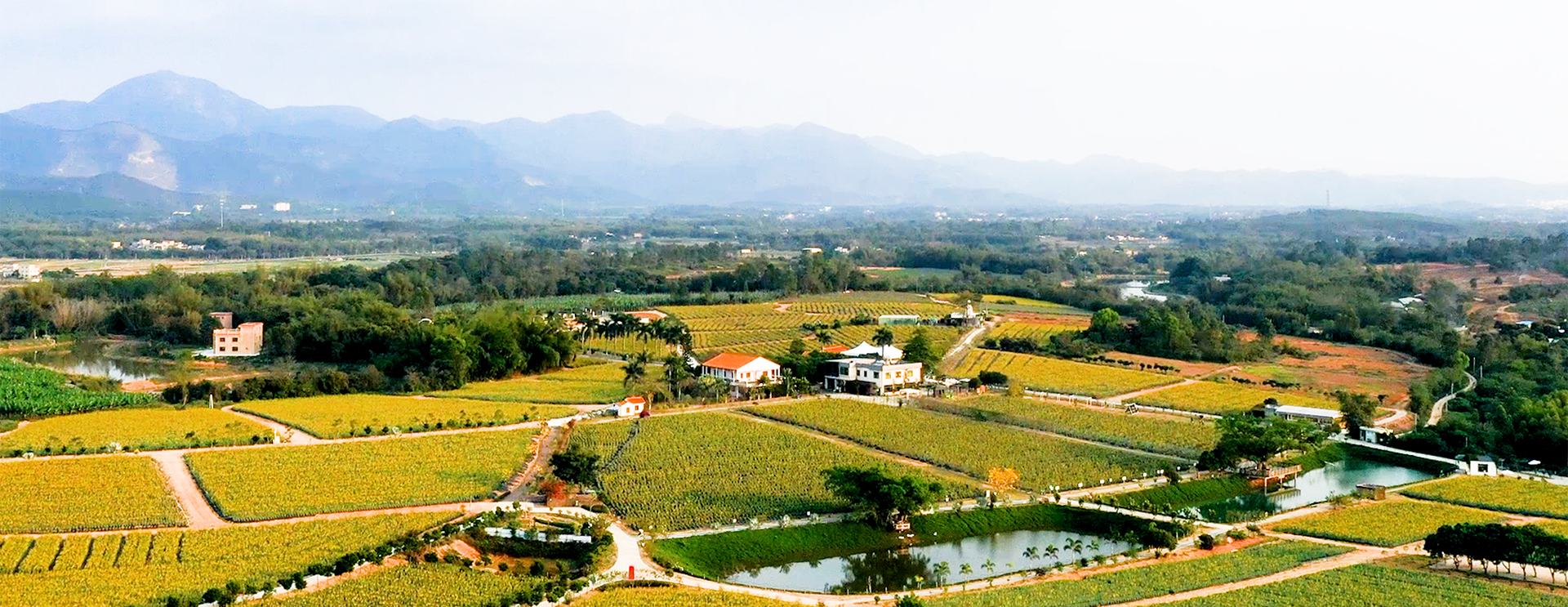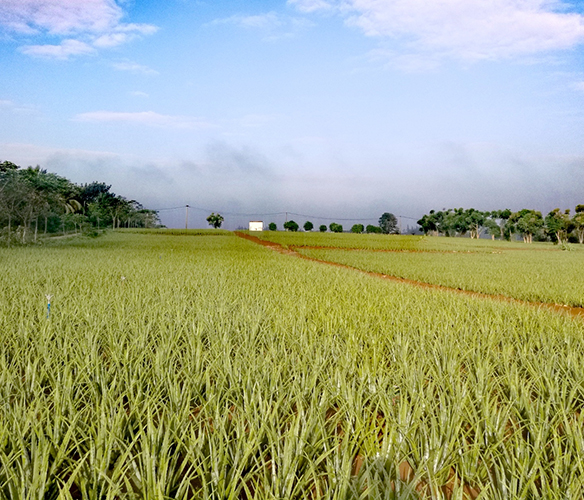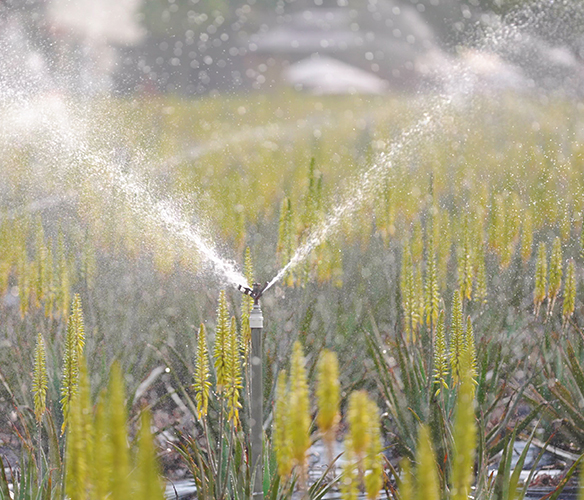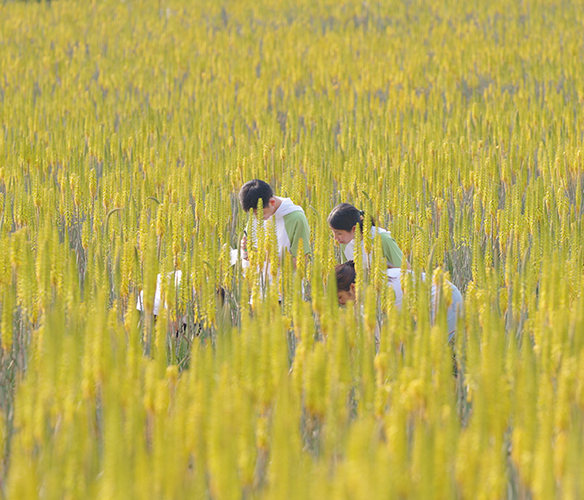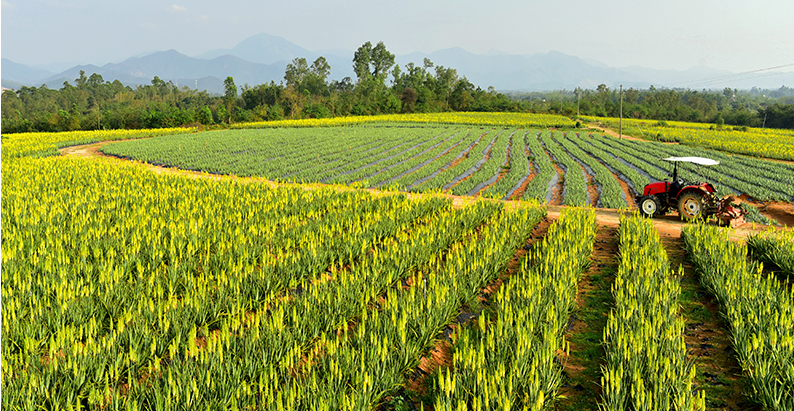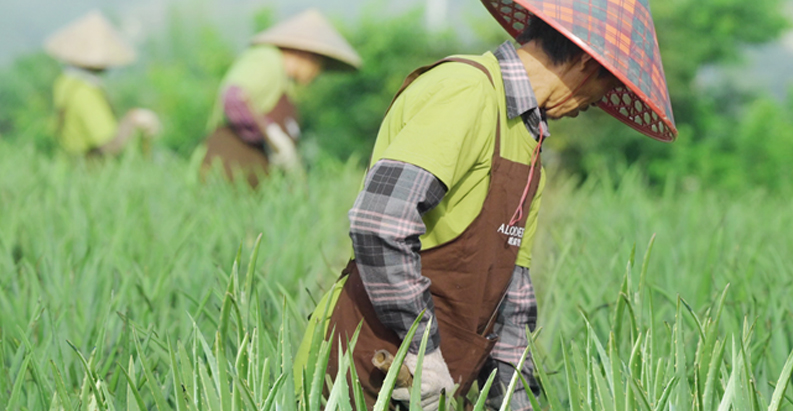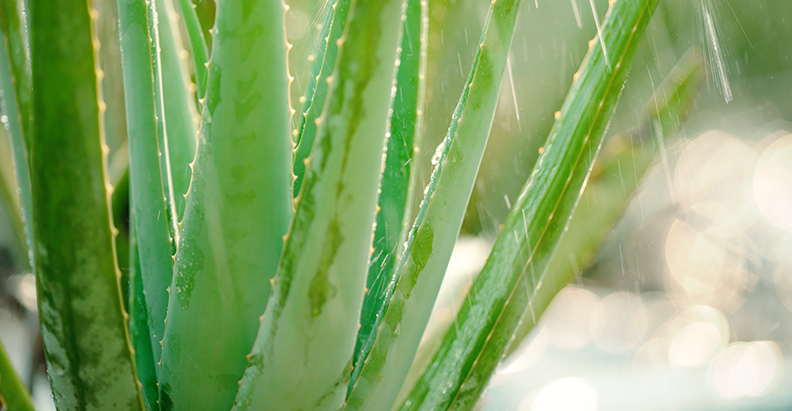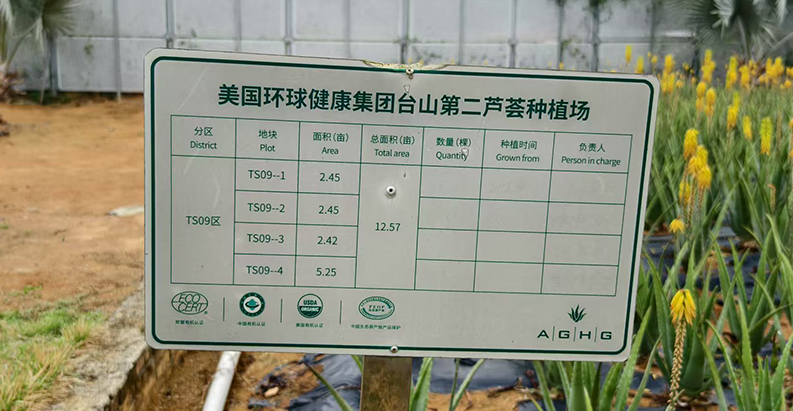Growth Characteristics of Aloe Vera
Prefers warmth, intolerant to cold: Thrives in regions with year-round
temperatures above 20°C, ideal in low-latitude areas (e.g., 112.48°E, 22.1°N).
Cold sensitivity: Prolonged exposure to temperatures below 5°C causes frost
damage. In northern regions with long winters below 5°C,
greenhouse cultivation is necessary.
Water: Needs enough water but cannot tolerate waterlogging.
Sunlight: Full sun is essential; shade or extreme heat limits growth.

